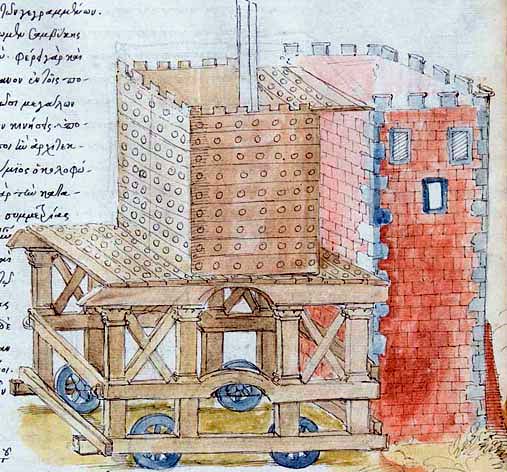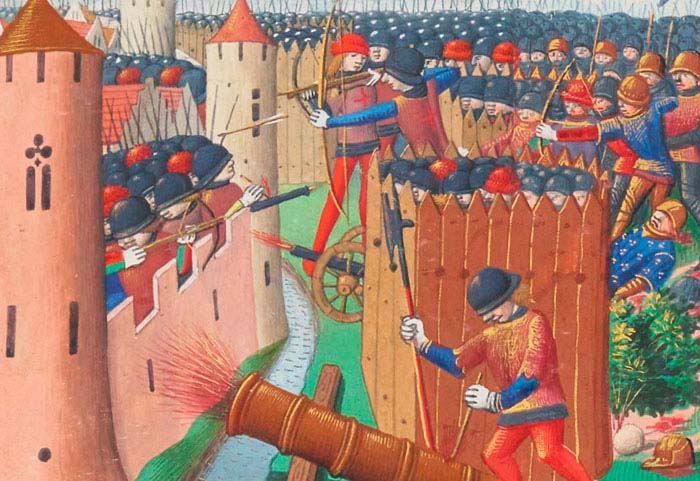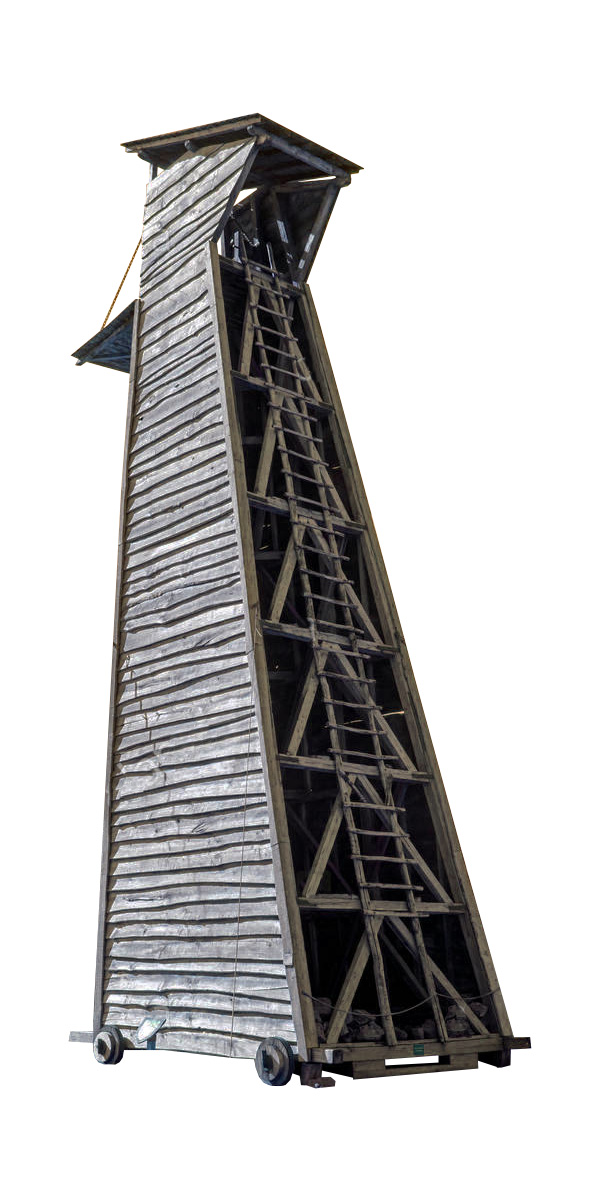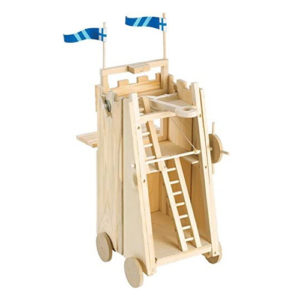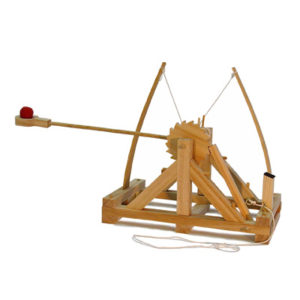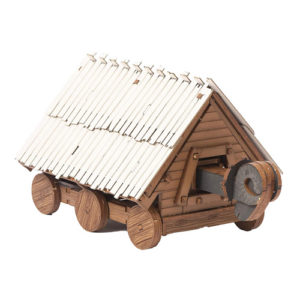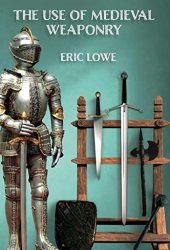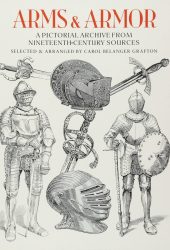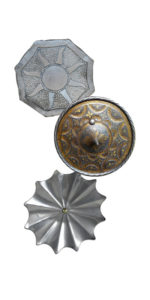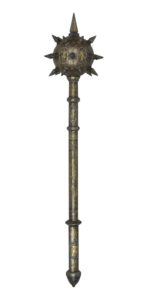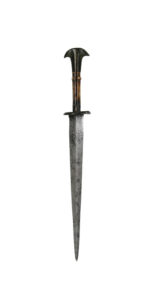The Siege Tower was a type of medieval siege engine constructed to protect assailants when approaching the walls of a fortification.
Siege towers were usually rectangular and had four wheels. Their height was roughly equivalent to that of a wall, or even taller to allow for archers. Because they were made of wood and therefore flammable, a lot of siege towers were covered in iron or fresh animal skins.
A siege tower housed spearmen, swordsmen, pikemen, archers, and crossbowmen. because of their size, these towers were frequently the first target of defending catapults.
History of the Siege Tower
Siege towers were used since the 11th century BC by Assyrians and Babylonians. The oldest record of one belongs to the armies of 9th century BC Ashurnasirpal II, from the Neo-Assyrian empire.
The use of siege towers spread throughout the Mediterranean and by the 8th century BC we can see these machines being used by the Kingdom of Kush to house archers and slingers during the siege of Memphis.
During the siege of Rhodes in 305 BC, we find the Helepolis, the biggest siege tower of antiquity. helepolis could reach 40 meters high and 20 meters wide. That’s nine stories of people, catapults, and ballistae. These engines required a rack and pinion to move and were manned by around 200 soldiers. The Rhodes helepolis was defeated when the defenders flooded the ground in front of the wall, creating a moat that caused to tower to get bogged in the mud.
Medieval Siege Towers
The siege tower reached its heights during the medieval period. In 626, the Chronicon Paschale recounts about the siege of Constantinople:
And in the section from the Polyandrion Gate as far as the Gate of St Romanus he prepared to station twelve lofty siege towers, which were advanced almost as far as the outworks, and he covered them with hides.
The aforementioned towers, or “sows”, were mobile armoured shelters that could fill in moats and provide protection from the defenders. It’s believed that the invention of the sloping talus at the base of a castle wall might have reduced the effectiveness of this tactic.
At the siege of Kenliworth Castle in 1266, 200 archers and 11 catapults are said to have operated from a single tower.
Siege towers became obsolete with the development of the large cannon – which incidentally, also made high walls obsolete as a mode of fortification. However, siege towers didn’t completely disappear: Battery-towers built of wood were used to mount artillery during, for example, the siege of Kazan in 1552.
Depictions of Siege Towers
